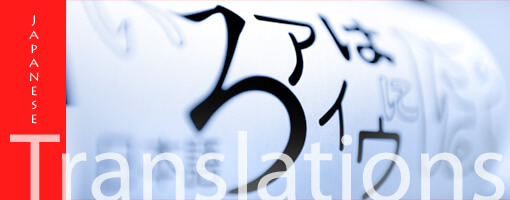When translating a document the source document’s quality is related directly to how long it takes to complete a good translation. The quality of the original document also helps in the calculation of the cost of the translation at the commencement of the document translation.
What a translator thinks
At a first glance the translator gains a different image than you the owner of the document does. When you look at your own document you see it as a complete piece of written work that has been prepared and written fluently in your language. A translator sees a raw document containing many thousands of phrases and words that have to be identified and put into a context. From this the correct phrases and words need to be replaced with those that give the best meaning in the second language. If the text to be translated contains language which includes many idioms, and colloquialisms it makes the translation far harder to complete quickly and produce a useful and effective translation. Basically when a translator assesses the source document and starts to find the best language for the text the terminology used needs to be consistent throughout the new translation.
The sorts of problems of a document translation include explaining abbreviations and substituting the right words if a table or graph is included which has been labelled. This is crucial if it’s a legally binding document or a medical translation as doing a poor translation could cause serious legal implications for both the owner of the original document and the translator.
Translation Consistency is vital
It’s important that there’s Communication for translation otherwise the point of the translation has not been reached. The translator determines whether the language used is consistent throughout the text. This is vital to ensure good communication. The most important thing from the point of view of the client who wants the translation is that the translator is fully fluent in both languages and for the type of translation that needs translating. If it is a medical translation it’s important to hire a translator who is fully conversant with medical terminology in the two languages so that there is consistency in the two languages once the translation has been completed. Most translators have a database that they use when translating for the same client. This is often drawn up between the client and the translator so that the most appropriate phrases and words can be repeated in the documents each time.







